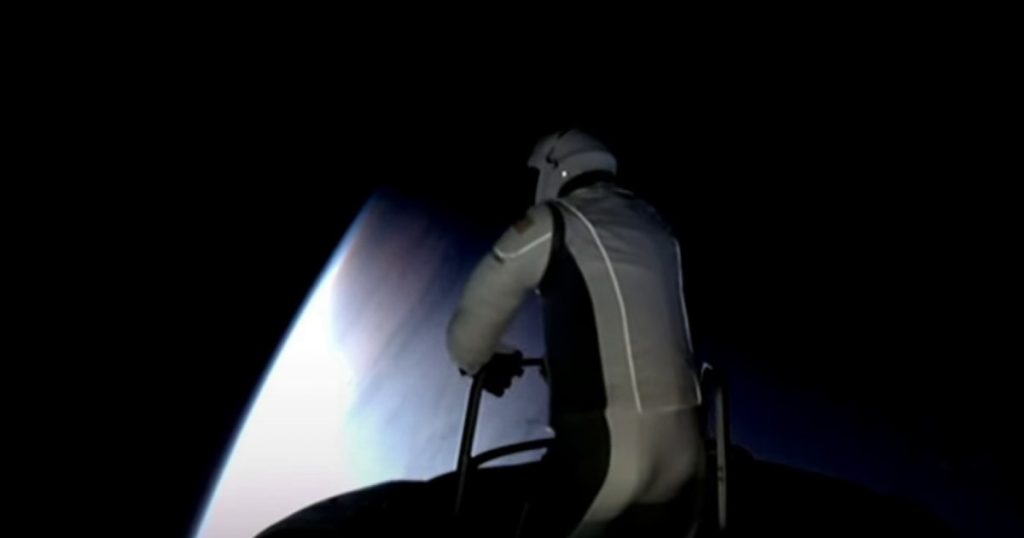In a historic moment on September 12, 2024, SpaceX astronaut Jared Isaacman made history by becoming the first civilian to perform a series of spacesuit maneuvers outside the Dragon capsule. This marked a significant milestone in space exploration as Isaacman ventured into the vacuum of space, showcasing the advancements in technology and the growing opportunities for civilian participation in space missions. The successful spacewalk demonstrated the capabilities of SpaceX and the potential for more civilians to take part in future space endeavors.
As space exploration continues to progress, there is a growing focus on designing habitats for life beyond Earth. Space architects are working on developing innovative solutions for creating sustainable living environments on other planets, moons, and space stations. These efforts are crucial for expanding human presence in space and exploring the possibility of establishing long-term settlements on other celestial bodies. By designing habitats that can support human life, researchers are paving the way for future missions to explore and inhabit new worlds.
Amidst the excitement of recent spacewalks and habitat design, there have been setbacks in the aerospace industry. The FAA recently grounded a SpaceX launch after a booster rocket toppled in flames, highlighting the risks and challenges involved in spaceflight. These incidents serve as important reminders of the complexities of space exploration and the need for stringent safety measures to protect astronauts and spacecraft. Despite such setbacks, the aerospace industry continues to push the boundaries of technology and innovation in its quest to reach new frontiers in space.
In addition to the technical challenges of space exploration, there are also ongoing discussions about unidentified flying objects (UFOs) and the potential for extraterrestrial encounters. A former Pentagon insider has shared details about UFO sightings and encounters that have been documented by military personnel, sparking renewed interest in the possibility of alien life. While the existence of UFOs remains a topic of debate, the revelations from insiders and researchers provide new insights into the mysteries of the cosmos and the potential for future discoveries beyond Earth.
Another pressing issue in space exploration is the management of space debris and environmental sustainability in orbit. A new robot has been introduced to clean up dangerous space junk that poses a risk to spacecraft and satellites in orbit. With the increasing amount of debris in space, there is a growing need for technologies and strategies to mitigate the impact of space junk on future missions and ensure the safety of astronauts and spacecraft. By addressing the issue of space debris, scientists and engineers are working towards a more sustainable and responsible approach to space exploration.
As the space industry continues to evolve, there are ongoing efforts to bring stranded astronauts back to Earth safely. NASA has announced that astronauts stuck in space will return in 2025, with plans for a SpaceX craft to facilitate their return journey. The decision to bring the astronauts back in 2025 reflects the agency’s commitment to ensuring the well-being of astronauts and prioritizing their safe return to Earth. With advancements in technology and collaboration between space agencies and private companies, the stranded astronauts can look forward to reuniting with their loved ones and completing their mission in space.


